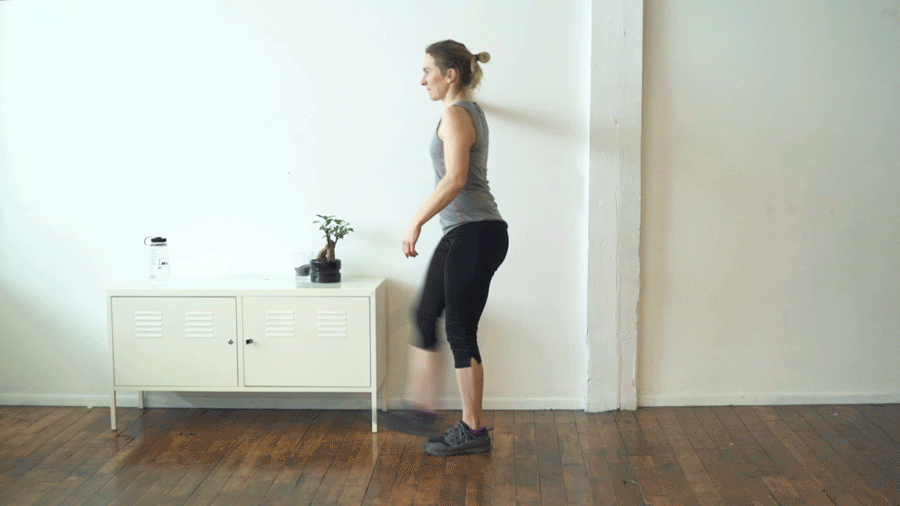Static vs. Dynamic Stretching
/When it comes to stretching, one of the most common questions today is, “Should I be holding my stretch, or should I be doing something more dynamic?” The classic adage I learned in PT school that applies here as well is, “It depends.” While it is generally understood that stretching can be, and often is, a good thing for the body, knowing how and when to apply it can lead to more effective outcomes.
The more traditionally practiced way of stretching is called “static” stretching. This is when you are holding a position for a certain amount of time with the goal of lengthening whatever muscle you are trying to target (e.g. hip flexor stretch).
This form of stretching is generally good for helping with increasing range of motion (ROM), but it isn’t necessarily making the muscle longer. To get a little nerdy about it, what is potentially happening is that the muscles are being provided a stimulus that helps to increase their tolerance to stretching. Parameters for static stretching vary, but 30 seconds to 1 minute is a good general rule of thumb.
(panagaclub.com)
One thing that is important to note, however, is that research has shown static stretching prior to certain activities (e.g. running & jumping) can be potentially detrimental when it comes to muscle strength and performance. A max contraction of the muscle being stretched prior to performing the stretch may help with reducing this effect, so talking to someone that is knowledgeable about your respective activity can help you get a better idea of how to approach your stretching.
Now, the other form of stretching that is more commonly utilized today (in conjunction with static stretching) is what’s called “dynamic” stretching. This form of stretching often takes either a part, or the entirety, of a movement that is involved in your activity and has you actively move through it repeatedly to help “warm up” your body. This form of stretching does not affect muscular performance and is thus often used before any type of exercise activity.
(REI.com)
With all of that being said, the big picture is that both static and dynamic stretching have a place when it comes to helping your body operate at its fullest potential. What is also important to remember is that stretching in isolation may not necessarily lead to significant changes as the increased ROM that you achieve needs to be able to be controlled. Thus, strengthening usually goes hand in hand with stretching as well.
If you’d like to know more, feel free to let us know your thoughts, as we’d love to hear from you!









